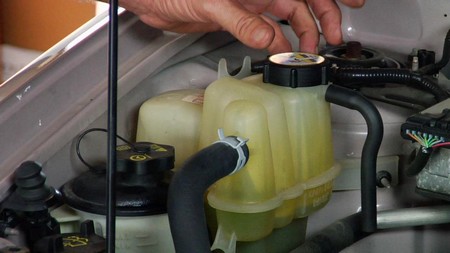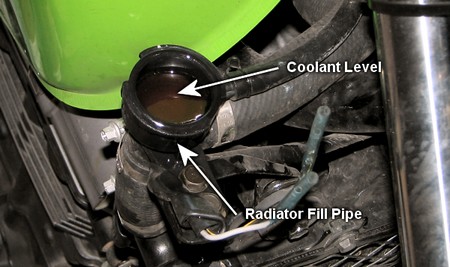Everyone needs to change their antifreeze or coolant regularly if they want to have a vehicle that keeps performing well. Not knowing how to replace coolant is no excuse for not learning to do so. A driver who does not change his coolant periodically runs the risk of it rusting and corroding the vehicle’s coolant system. The acidity of coolant, which increases with time, can clog coolant passages and the radiator, as well as damaging gaskets and water pumps. This neglect manifests itself in overheating, leaks or a malfunctioning coolant system.

Always replace coolant when the engine is cold. Doing so will prevent the chances of getting burnt by a hot engine or coolant. Working on a flat surface and making sure the parking brake is engaged, remove the radiator cap to inspect the coolant. Some people do this by rubbing a finger directly into the coolant and inspecting it for contaminants such as rust, oil or other debris. A contaminated coolant system will need to be flushed and cleaned. This can be carried out with commercially available radiator flushes.
Regular maintenance of a vehicle’s coolant system isn’t just about knowing how to replace coolant. A responsible vehicle owner should also check if there are any leaks in the radiator hoses or clamps. If these are detected, they need to be replaced or repaired after the coolant has been drained.
Getting to the heart of the matter, the drain valve on the bottom of the radiator first has to be located. A drain pan must be placed under this cooling system drain valve to collect the coolant that is to be drained out. Next, the valve is loosened while the radiator cap is removed to allow the coolant to drain out. In vehicles whose engine block is accompanied with a bleed screw or cooling drain plug, the drain pan should be placed underneath before the plug is removed. The drain pan can be removed when coolant no longer drains out, and its contents should be disposed off responsibly with an environmentally-friendly method.
It is recommended to flush the radiator with a mixture of flush product and water before flushing only with water. To do so, fill the cooling system with flush and clean water before capping the radiator. The engine is run with the heater on high for approximately 10 minutes, after which the vehicle is turned off and the engine is allowed to cool. The cooling system is drained as described above, after which the radiator is filled with plain water and the engine is run again for about 15 minutes.
Following the second cooling and draining, coolant and water can be refilled with a 1 to 1 ratio based on the actual capacity of the cooling system, i.e. half coolant-half water. With the radiator refilled, the vehicle is started again with the heater running on high to fully disperse the coolant.









